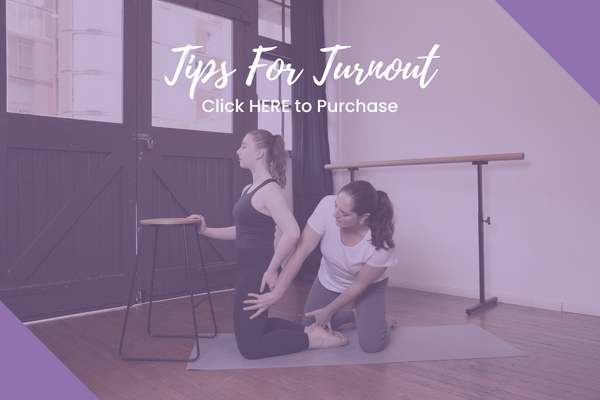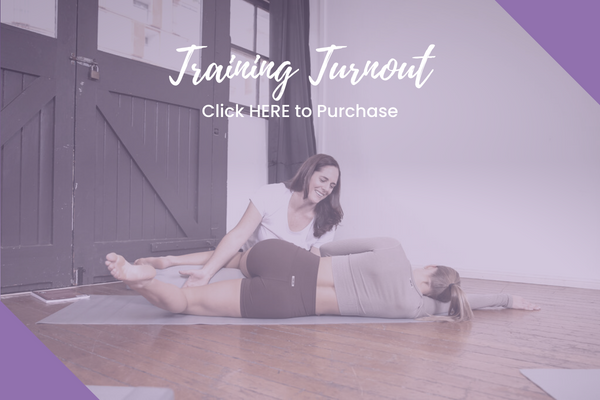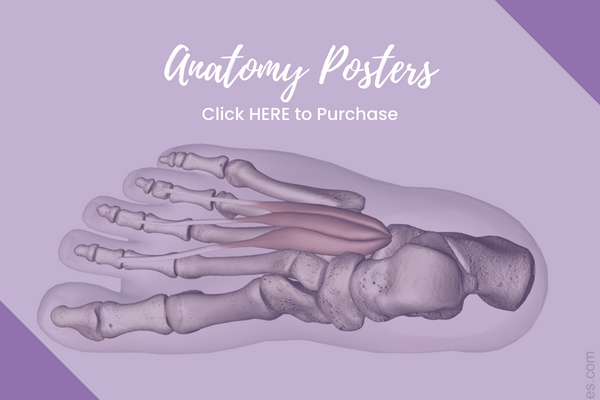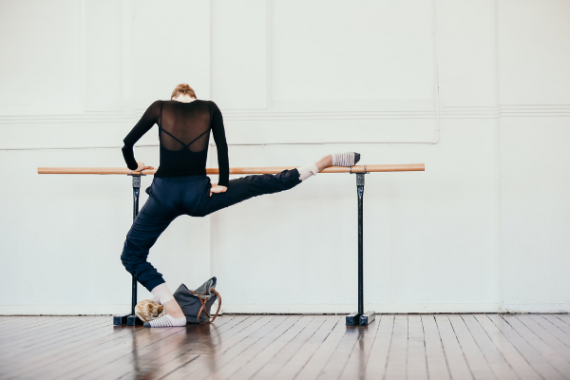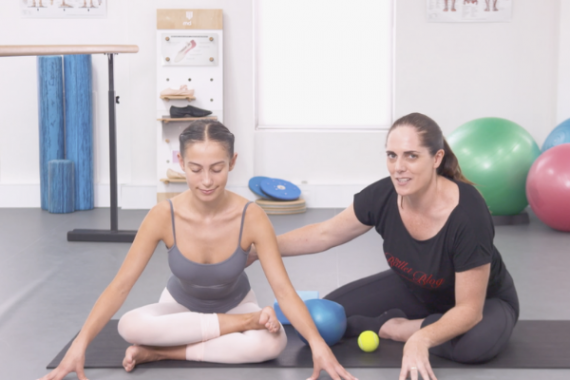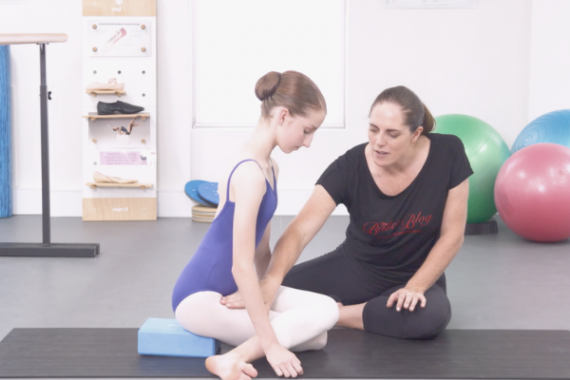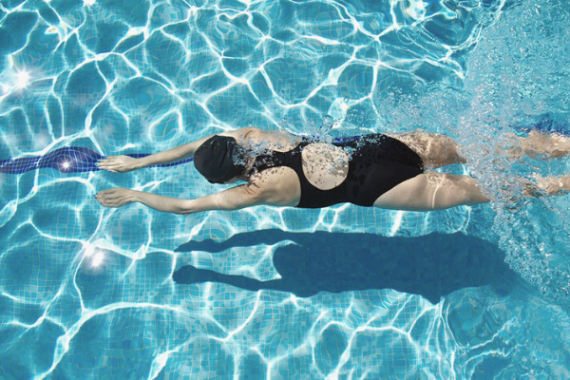The Anatomy of the Hip
Not all hips are created equal, and this creates quite a challenge for dancers and dance teachers. Within one class of 20 students there will be a wide-ranging selection of turnout range, spinal mobility and hip control, which makes it very hard to train all students to their full potential, while keeping everyone safe. It is important for all dancers to understand the basic anatomy of the hip, but also to know how their own hips differ from anatomical 'normal'. There is a huge range of variation in the placement and angle of the hip socket (acetabulum) and femoral head which can influence the base line of turnout capacity, however, do not be too quick to blame your bones! Most people are not using anywhere near their full available range of motion. To learn more about specifically testing individual dancers' hips please check out our Level One Dance Teacher and Therapist Training Course.
Anatomy of the Dancer's Hip
Assessing Standing Leg Turnout
Understanding how all the muscles of the hip work together to support our movement and control in different ranges is also important. Keep in mind that most anatomy books discuss the function of muscles for normal humans, not the extreme ranges and control required for todays dancer. Many muscles change their function in different ranges. For example; Piriformis, one of the Deep External Rotators, can actually internally rotate the femur above 90 degrees. The videos below, and the new Anatomy Posters, outline the basic anatomy of the hip, as it pertains to a dancer. For more information on training the hip correctly check out the Training Turnout Resources below.
Many dancers grip with their Gluteals in first and fifth position, instead of using their Deep External Rotators to control the rotation. This results in excessive tension in the outside of the hip, which in turn can cause snapping hip syndrome and other hip injuries.
There are six Deep External Rotators which are the true turnout muscles. Each one works in a slightly different way to control turnout at the hip. Over 90 degrees, the external rotators begin to lose their biomechanical advantage, and so other muscles must come in to play to help support the leg en l’air.
The Psoas Major is very important in supporting the lifted leg en l'air, however, if the lumbar spine is unstable, the Psoas Major may attempt to stabilise the spine and become statically contracted where it attaches to the front of the spine. In this situation the TFL and Rectus Femoris must be recruited to lift the leg, often resulting in overuse issues and a painful hip.
The deep adductors, are essential muscles in controlling stability of the standing leg. If these are weak or injured, then a lot more load is transferred to the lateral hip (TFL and Gluteus Medius and Minimus) which will get very tight. It is essential to train these deep adductors as postural muscles, by using long slow contractions, to get the slow twitch muscle fibres activated.

